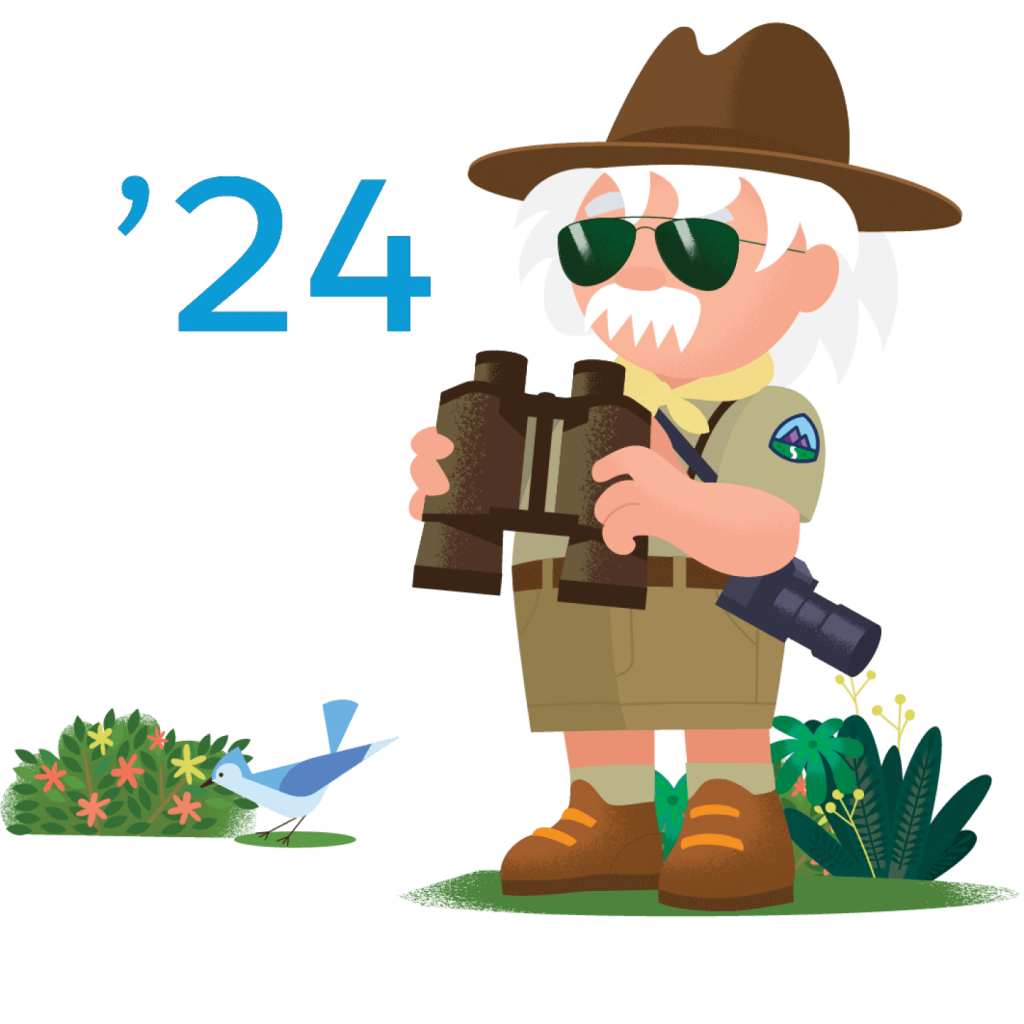
With SaaStr Annual 2019 two weeks behind us, we’ve had the chance to reflect on some of the sessions we attended. Like we covered in our Thoughts from SaaStr post, one of the main themes discussed this year was around customer obsession — the idea of doing customer success in such a focused and direct manner that you and your team become “obsessed” with your customers. We’re going to take a more in-depth look at why customer success was such a major theme this year and why leading business should be focusing on this trend.
The Rise of Customer Success
In looking at the Google Trends data for customer success, we see that there has been a steady increase in popularity.
It should come as no surprise that the SaaS marketplace is more competitive than ever and businesses are looking for any way to stand out. Many SaaS leaders see that focusing on their customers is a natural evolution as their companies grow and competition in the marketplace gets fiercer. In a fireside chat with Hubspot CEO, Brian Halligan, he explains that trust in brands is at an all-time low, and even the best tactics are starting to lose efficacy. It is the champions of your company that will help you win.
Executing on Customer Success
Focusing in on customer success is hard. In a session with Amazon Web Services’ Vice President, Sandy Carter, she revealed that 93% of CEOs say that customer obsession is the only way to be competitive, but of that same group, 88% don’t feel confident their teams know how to execute.
This disconnect is driving companies to demand information and research revolving around customer success — hence the rise of companies like Gainsight, which was a featured partner at SaaStr.
We’re going to outline some of the strategies we learned during SaaStr so you can begin to craft your own customer success strategy.
Customer Experience, Customer Success, and Customer Obsession
Customer experience is the foundation for your customer success program. Without an excellent customer experience, your customers will likely never become advocates of your company. In the words of Hubspot CEO, Brian Halligan, “What started as building a product 10x better than your competitors has shifted to delivering 10x the customer experience — those companies who do this, will win.” This is echoed in a recent Gartner report where they discuss that Customer Experience is the last form of true competitive advantage — which was predicted back in 2015.
In a session hosted by Gainsight COO, Allison Pickens, she discussed that building your customer success team has to match your business structure. Namely, understanding what is required to support your product and building out that structure to match your customer success. Since your customers are the ones using your product on a daily basis, they will run into many of the same problems that your product teams have. Being able to map and infuse that feedback into your product roadmap is an easy win.
But how do you drive customer success? What are the best mechanisms? Amazon Web Services works backward from the customer when building out either a new feature or a new product.
1. Write a press release — “We write a press release before a single line of code is written and it can be no longer than one page.” — Sandy Carter VP Amazon Web Services.
While it may seem counterintuitive to write a press release before the product goes live, Sandy explains that it forces them to start with the customer and not the technology. To write a press release, you need to understand the customers’ pain points and what they want from the solution. By limiting the press release to one page, they are forced to think deeply and succinctly — that way the team can clearly articulate the pieces that matter to the customer. Additionally, the team is required to gather customer quotes to place within the press release — this shows that you’ve already had conversations and validated the solution.
2. Write a FAQ — Again, before a line of code is written, there are a pre-defined set of questions the product team has to answer.

Some additional questions they are forced to answer are, “How would your customer describe the product to a friend at lunch?” and, “If your customer was sitting down over dinner complaining about the product, what feature would they say they wish they had?”
These questions force you to not only understand who your customer is, but how they think about your product and what they already want more of.
Leverage Your Feedback to Build a Fandom
Some organizations are really good at gathering feedback but are never sure of what to do with the data. Leela Srinivasan, CMO of SurveyMonkey showcased seven tactics that SurveyMonkey uses to “create rabid fans.”

1. Use feedback to inform your biggest messaging decisions.
As you can see, feedback is a powerful lever. You don’t have to guess how your customers will react to new messaging. Using both quantitative and qualitative forms of surveying, you can zero in and understand how both your customers and prospects like your customer will feel about the direction you are going.
2. Think of customer feedback as the ultimate form of data enrichment.
Leela shared the example of how box does this.

From there, she explained that SurveyMonkey uses customer feedback as a funnel in and of itself. At each stage of the buying and renewal process, a quick form is submitted to the customer, so they can have the context for what the customer is thinking.
3. Leverage feedback for surprise and delight.
While we are all familiar with the terms B2B and B2C, Leela explained that we have moved beyond either of these paradigms and we are emerging to the model of B2H — or Business-to-Human. When you are selling, the easiest way to close the deal is to find those places to extract “nuggets of personalization.” Meaning, if you find out that your prospect has a favorite lunch spot down the street, then why not buy them a gift card to surprise and delight. Surprising and delighting doesn’t have to be only for closing business or saving accounts that are in trouble. Leela told the story of when they received an NPS survey back with the score at 10, they asked the customer, “Is there anything else we can do for you?” The client cheekily responded that they “could go for some ice cream.” SurveyMonkey did just that by delivering ice cream directly to the client’s office. To this day, the client tells this story unsolicited because it surprised and delighted.
4. Turn feedback into attention-getting, lead-generating content.
No matter your industry, your customers will always be curious about how they are benchmarking to others. By aggregating your feedback and establishing benchmarks, you’ll naturally create content that your customers and prospects want to read.
5. Inform pricing and packaging decisions with real feedback.
We don’t often think of talking to prospects and potential customers about pricing before launch, but gathering this feedback can be tremendously beneficial. There are a number of strategies and firms out there who specialize in gathering this feedback and using it to build out your pricing strategy. By listening to your customers, you can better understand which features to bundle for a subscription and if a new product launch is cannibalizing any other aspects of your business.

6. Use feedback to create a virtuous customer acquisition cycle.
The easiest way to build out advocates is to know who your champions are and bring them together to form a customer advisory council. Leela shared the story of her time at Lever when she built out an advisory council where this particular member who was a “rabid fan” not only referred customers, but it was the type of customers they wanted to do business with. They leveraged this advisory council to solicit product enhancements and test new features with; and if a feature that the council put forward was implemented, they made sure to follow up with the various members to showcase that their voice was heard.
7. Use customer feedback to create devoted internal fans too.
It is important to not forget about your employees — Leela shared that when a company is perceived as having a high level of empathy and employees see that customer satisfaction is a priority, 82% of employees believe they will be at the company in two years.

Happy employees create happy customers. Having this focus on your customers not only increases your retention rates of your customers but your employees also.
If SaaStr Annual was any indication, customer obsession is here to stay. We expect that a number of businesses will begin kicking off new customer success initiatives and continue to test what works best.
At CodeScience, we are obsessed with our customers. That’s why we’ve helped bring over 220 products to market and were the first to receive the Master PDO designation from Salesforce. If you’re considering leveraging the AppExchange to crush your business goals, get in touch today!


